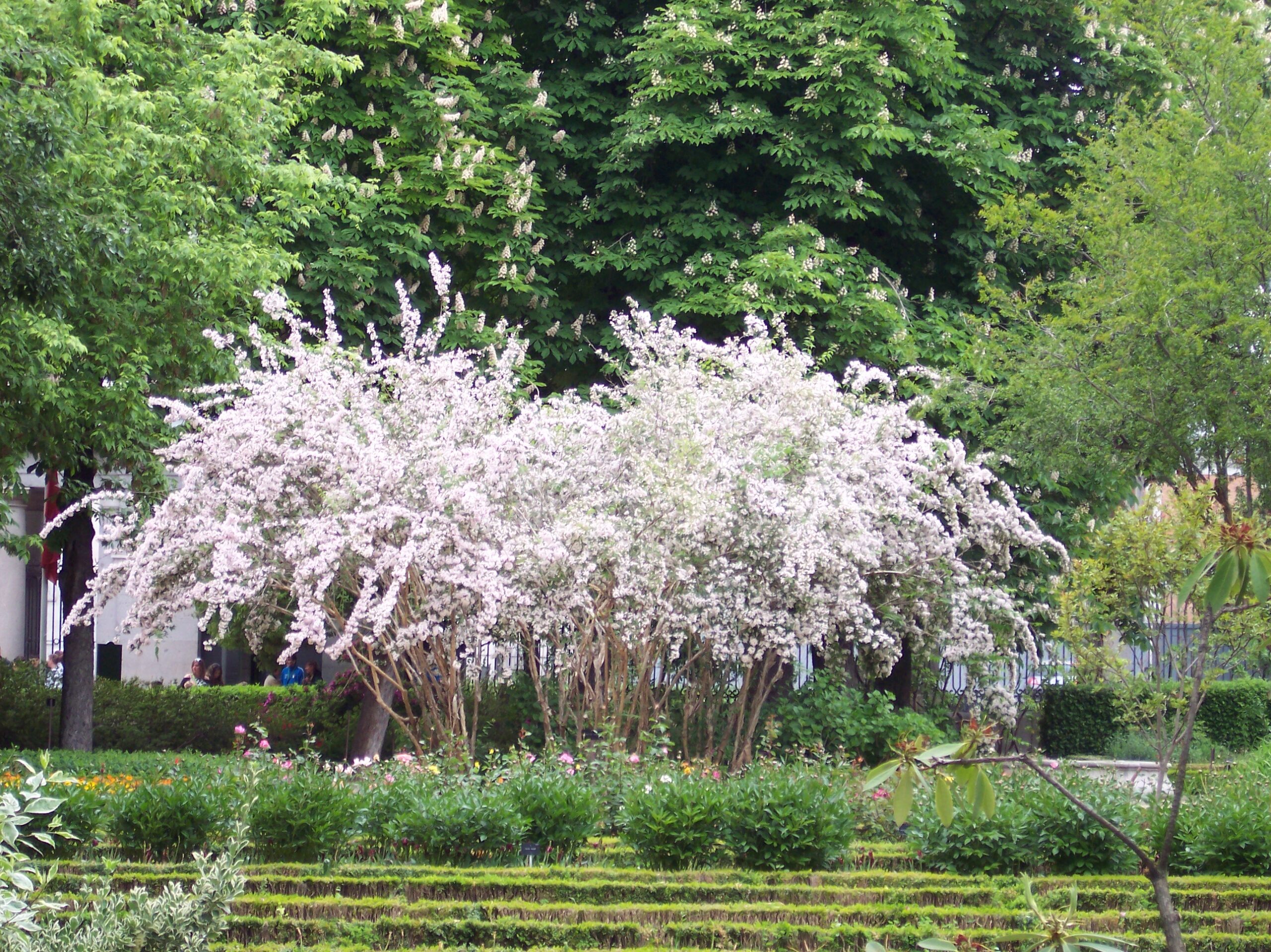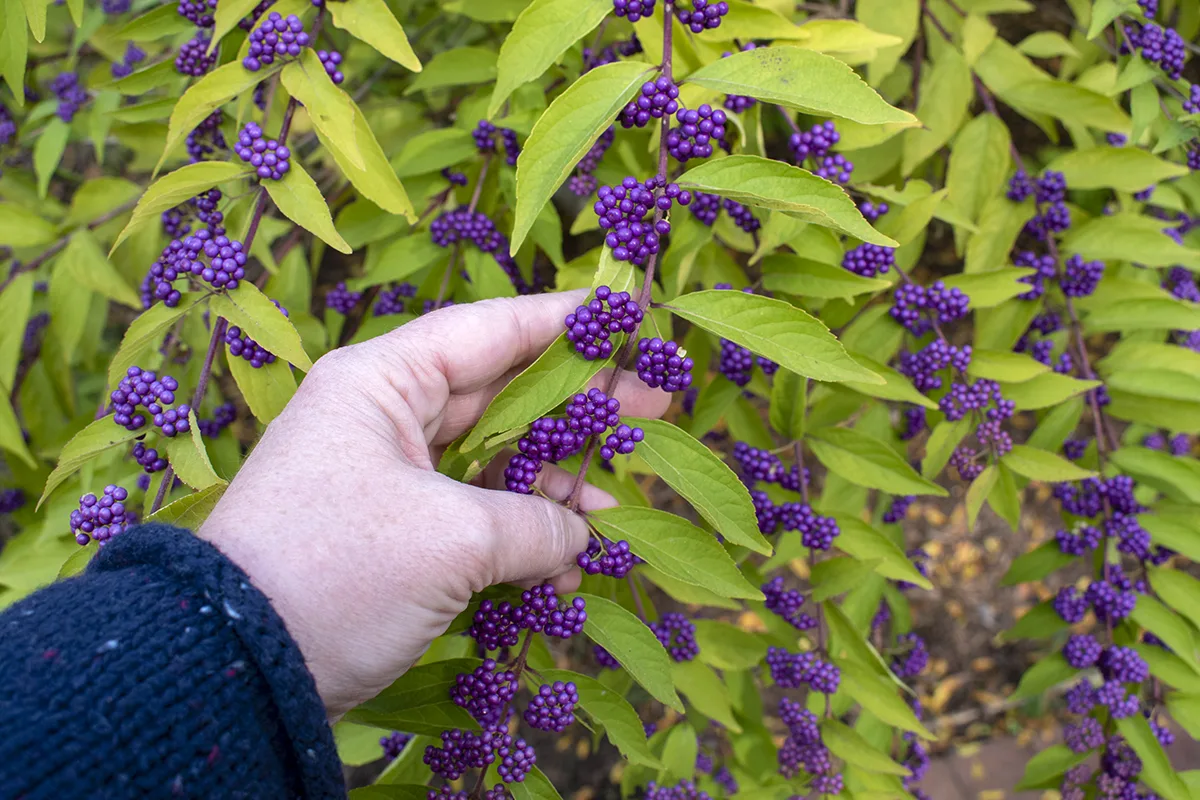Beauty Bush Plant: The Easytogrow Shrub That Will Add Beauty To Your Landscape
Beauty Bush Plant: The Easy-to-Grow Shrub That Will Add Beauty to Your Landscape
The beauty bush (Kolkwitzia amabilis) is a deciduous shrub that is native to China and Korea. It is known for its beautiful pink flowers, which bloom in late spring to early summer. Beauty bushes are relatively easy to grow and care for, making them a popular choice for home gardeners.
In this blog post, we will discuss the following:
- The basic information about beauty bush plants
- The benefits of growing beauty bushes
- How to grow and care for beauty bushes
- Common problems with beauty bushes
- Tips for using beauty bushes in your landscape
Basic Information
Beauty bushes are medium-sized shrubs, typically growing 3 to 6 feet tall and wide. They have arching branches and dark green leaves. The flowers are pink, bell-shaped, and appear in clusters. The flowers are followed by small, brown capsules.
Beauty bushes are hardy in USDA zones 4 to 8. They prefer full sun, but can tolerate partial shade. They are also tolerant of a variety of soil types, as long as the soil is well-drained.
Benefits of Growing Beauty Bushes
There are many benefits to growing beauty bushes. Here are a few of the most notable benefits:
- Beauty bushes are easy to grow and care for.
- They are very attractive, with their beautiful pink flowers.
- They can be used in a variety of landscape settings, including as a specimen plant, a hedge, or a border plant.
- They are deer-resistant.
- They are relatively pest- and disease-free.
How to Grow and Care for Beauty Bushes
Beauty bushes are relatively easy to grow and care for. Here are some tips on how to grow and care for beauty bushes:
- Choose a location that gets full sun or partial shade.
- Amend the soil with compost or other organic matter before planting.
- Water the plant regularly, especially during the first year after planting.
- Fertilize the plant in early spring with a balanced fertilizer.
- Prune the plant in late winter or early spring to remove dead or diseased branches.
Common Problems with Beauty Bushes
Beauty bushes are relatively problem-free. However, there are a few common problems that can occur. These problems include:
- Powdery mildew: This is a fungal disease that can cause white spots to appear on the leaves.
- Aphids: These small insects can suck the sap from the leaves, causing them to wilt and yellow.
- Scale insects: These insects can also suck the sap from the leaves, causing them to wilt and yellow.
Tips for Using Beauty Bushes in Your Landscape
Beauty bushes can be used in a variety of landscape settings. Here are a few tips for using beauty bushes in your landscape:
- Use beauty bushes as a specimen plant in a sunny location.
- Use beauty bushes to create a hedge or border.
- Use beauty bushes in a mixed border with other shrubs and flowers.
- Plant beauty bushes under trees to provide dappled shade.
Conclusion
Beauty bushes are beautiful, easy-to-grow shrubs that can add a touch of elegance to any landscape. If you are looking for a low-maintenance shrub that will add color and interest to your garden, then beauty bush is a great option.
Beauty bush (Kolkwitzia amabilis) is a deciduous shrub that is prized for its beautiful pink flowers. It is native to China and Korea, but it is now grown in gardens all over the world. Beauty bush grows to be 6-10 feet tall and 4-6 feet wide. It blooms in late spring to early summer, and the flowers can last for several weeks. The flowers are bell-shaped and have a sweet fragrance.
Beauty bush is a relatively easy plant to grow. It prefers full sun, but it can also tolerate partial shade. It is also tolerant of a variety of soil types, as long as the soil is well-drained. Beauty bush is not particularly drought-tolerant, so it is important to water it regularly during dry periods.
If you are interested in learning more about beauty bush, I recommend visiting Garden Wiki. This website has a wealth of information about the plant, including its history, cultivation, and uses. You can also find photos of beauty bush in bloom, as well as tips on how to care for it in your garden.
FAQ of beauty bush plant
Q: What are the colors of beauty bushes?
A: Beauty bushes typically bloom in shades of pink, but can also be white or pale yellow. The flowers are bell-shaped and have a yellow throat.
Q: What are the care requirements for beauty bushes?
A: Beauty bushes are relatively easy to care for. They prefer full sun to partial shade and moist, well-drained soil. They are drought tolerant once established, but will benefit from regular watering during the first year. Beauty bushes should be pruned in late winter or early spring to remove dead or damaged branches.
Q: How do I propagate beauty bushes?
A: Beauty bushes can be propagated from softwood cuttings taken in early summer or heel cuttings taken in late summer. The cuttings should be rooted in a cold frame or mist bed. Beauty bushes can also be propagated from rooted suckers.
Q: What are the common pests and diseases of beauty bushes?
A: Beauty bushes are not susceptible to many pests or diseases. However, they can be affected by aphids, scale, and powdery mildew. Aphids can be controlled with insecticidal soap or neem oil. Scale can be controlled with horticultural oil. Powdery mildew can be prevented by watering the plant at the base and avoiding overhead watering.
Q: What are the best uses for beauty bushes?
A: Beauty bushes are a popular ornamental shrub. They are often used as foundation plantings, hedges, or specimen plants. They can also be used in cottage gardens or wildflower meadows.
Image of beauty bush plant
5 different images of "beauty bush plant" from Pinterest:
- Image 1: A close-up of a beauty bush plant in full bloom, showing its clusters of small, purple flowers.

- Image 2: A beauty bush plant with its leaves turning red in the fall.

- Image 3: A beauty bush plant with its clusters of dark purple berries.

- Image 4: A beauty bush plant in a garden setting, surrounded by other flowers and shrubs.
- Image 5: A beauty bush plant in a vase, with its flowers arranged in a loose bouquet.

Post a Comment for "Beauty Bush Plant: The Easytogrow Shrub That Will Add Beauty To Your Landscape"